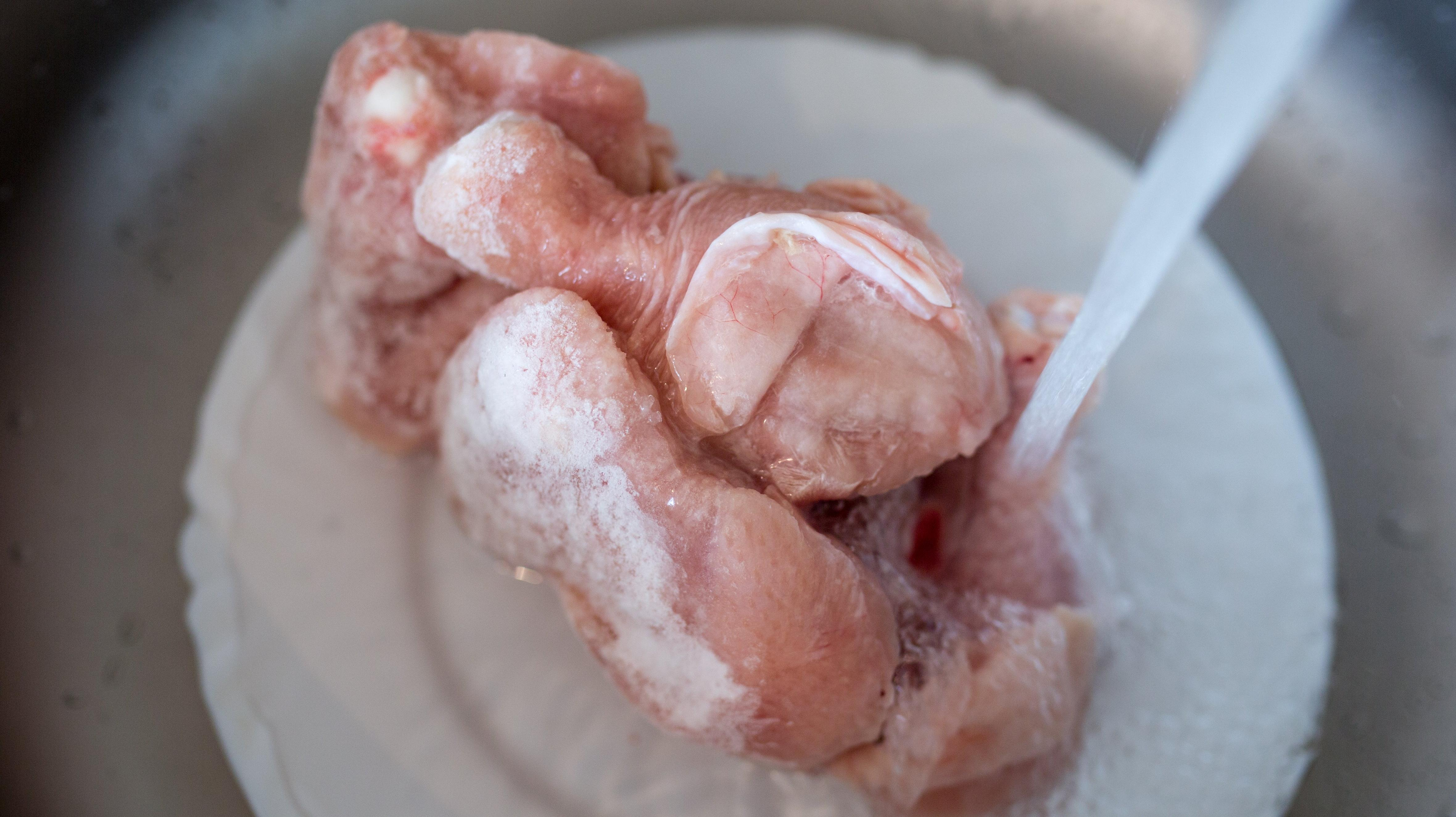How To Thaw Frozen Food The Right Way
All that food you froze in quarantine needs to thaw, but it doesn’t have to taste watery or rubbery.
Whether you're freezing massive amounts of leftover food from a party, meal prepping for the week, or doomsday preparing for the end of civilization, freezing food ahead of time comes in handy. The only downside is when it comes time to enjoy the fruits of your labor and you've got an ice block that's going to water down your meal if you don't approach it with the right technique.
Depending on the dish, there are ways to thaw out frozen foods without unnecessary degradation. Here are some tips for maintaining as much of their original flavor and texture as possible.
How to thaw frozen soup
The other day I found myself in a tough spot with my lunch prep. I had a frozen container of pozole, which I planned to thaw overnight and eat for lunch the next day. I placed it in the refrigerator around early evening to begin defrosting. Unfortunately, the refrigerator didn't thaw the pozole quick enough, and in the morning I still had an icy block of solid soup.
Although the immediate instinct might be to smack my forehead and say that I should've just let the soup thaw out at room temperature, the FDA warns that this is not a safe way to thaw out any food ever. Instead, if time allows, thawing the soup for two days ahead of time in the refrigerator is ideal. However, if you're in a time crunch and you've stored the soup in a freezer-safe bag, it's best to thaw it out by running cold water over it.
How to defrost meat
For a long time, I had been on the brink of poisoning myself without even knowing it. How, you ask? I thought I could quick-defrost chicken by placing it in a bath of warm water, or if I needed it done even quicker, I would place it in hot water. That's a big no-no, according to the USDA.
Remember all those times your mom would ask you to take the meat out to defrost for dinner? And how you would promptly forget and then remember at the last minute and rush to do it before she got home from work? Well, the joke's on you, Mom. Leaving chicken—or any raw meat—out on the counter to thaw is not advisable.
A better and faster method for thawing out meat is to place it in the microwave, but monitor it closely. Raw meat that is thawed in the microwave should be cooked immediately to mitigate any potential bacteria that may be present. A downside to thawing via the microwave is that it can actually bring the food to a "danger zone" temperature, as the USDA calls it, which would be the optimal environment for bacteria to grow. The danger zone is anything within 40-140 degrees Fahrenheit, the risks of which we've explored before, and any thawing method that holds the food at this temperature any longer than a few minutes should be avoided if possible. But with a little precision and care, you can cook and enjoy your frozen foods even at the last minute, no matter how forgetful you tend to be with your meal prep.
